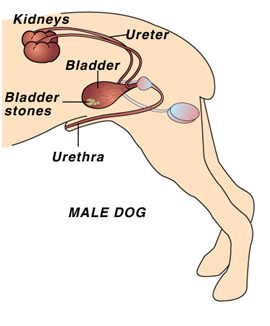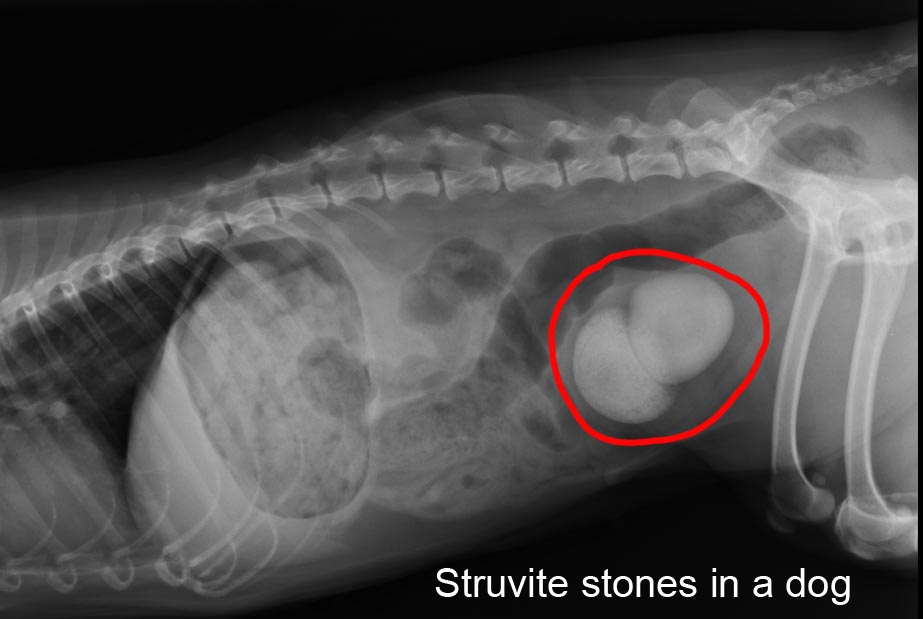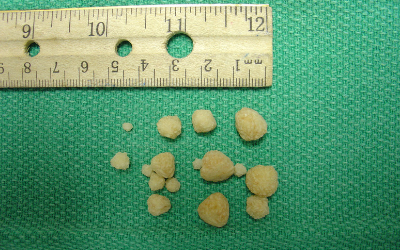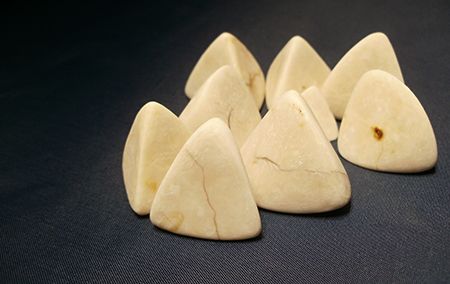Cystine Bladder Stones In Dogs
A somewhat rare form of urolith in the dog is composed of cystine crystals.
Cystine bladder stones in dogs. Most bladder stones in dogs are made from struvite calcium oxalate urate or cystine crystals. Dogs are more susceptible to bladder stones than kidney stones and in rare occurrences can develop bladder stones that are made up of cystine stones. These stones can also be found in the kidneys and in the tubes connecting the kidneys to the animal s bladder ureters. Cystine bladder stones appear to be the result of a genetic abnormality that prevents a dog from reabsorbing cystine from the kidneys.
Cystine urolithiasis is most common in male dogs with an average age of onset of three to five years. Bladder stones uroliths or cystic calculi are rock like formations of minerals that form in the urinary bladder and are more common than kidney stones in dogs. Cystine uroliths also referred to as calculi are stones within the urinary tract composed of the amino acid cystine a breakdown product of proteins. When the stones are made up of cystine a normal compound found in the body they are called cystine stones.
Urinary tract kidney stones called urolithiasis in veterinary terms are stones made up of minerals which usually form in the kidneys and develop in the bladder. Your veterinarian may be able to palpate the stones or may need to perform imaging studies such as a bladder ultrasound or a contrast radiographic study. While bladder stones in general are somewhat common in dogs cystine bladder stones are rare.

















